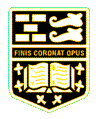

|
A B.B.C. News Article 20th June 2016 |
|
National News Articles |
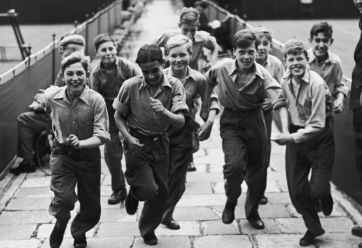
|
This year, the charity Barnardo’s is commemorating its 150th |
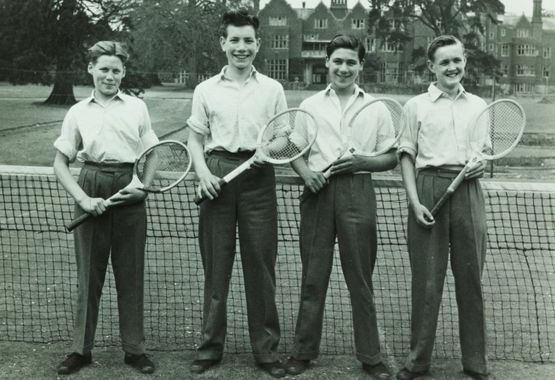
|
Images in the Barnardo's archive show the ball boys at Golding’s |
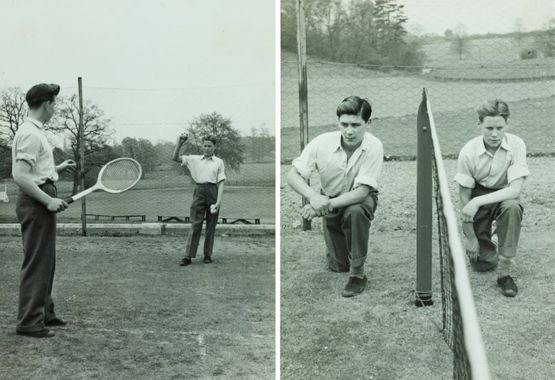
|
At Golding’s school, the boys learnt how to operate at various |
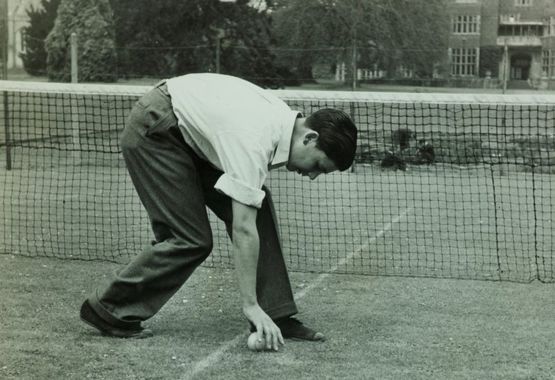
|
"From Barnardo’s beginnings to the present day, we continue to |
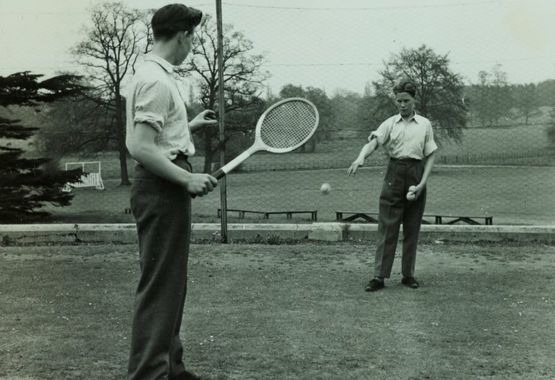
|
They were also trained how to deliver the tennis ball to the |
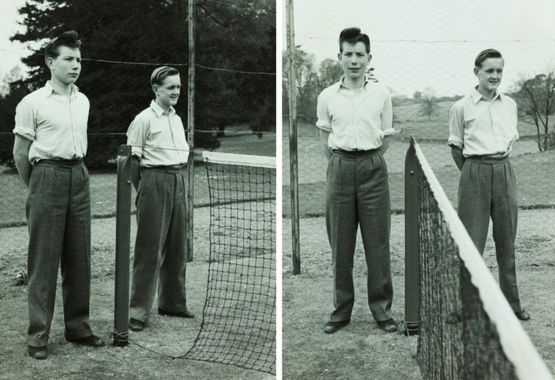
|
In 1956, it was just boys, with girls having to wait until 1977 |
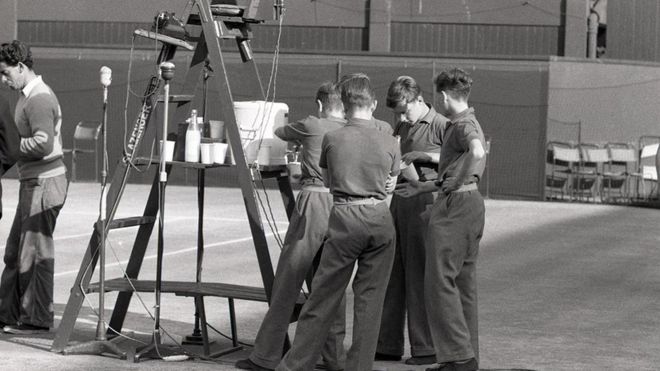
|
Those long hot British summers meant that the boys were also |
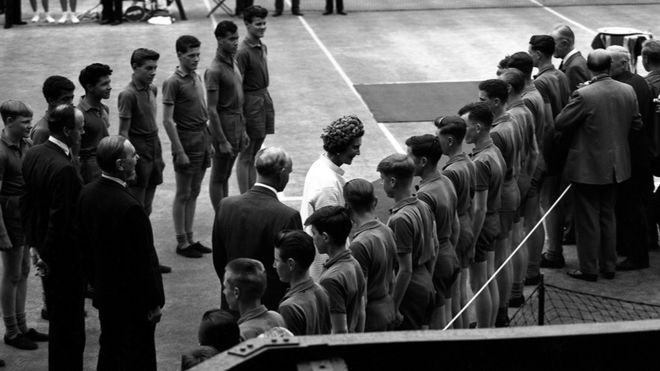
|
For the 1957 final, the boys lined up to meet the Duchess of Kent. |
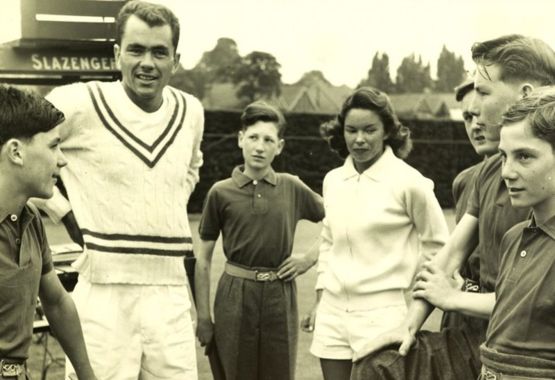
|
A highlight was the chance to meet the stars of the time. Here, |
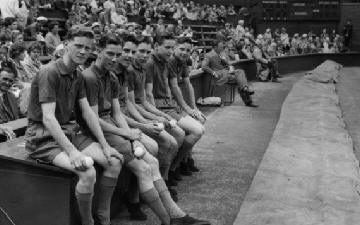
|
A Daily Telegraph News Article 20th June 2016 • 8:04PM |
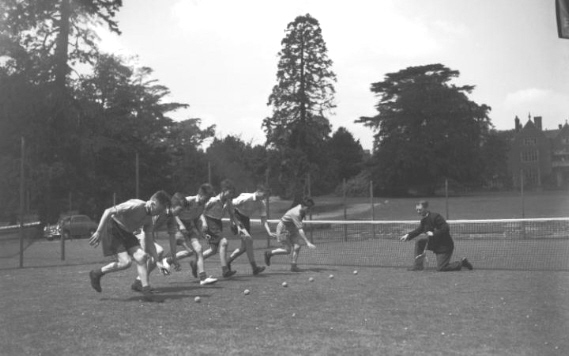
|
The chance to be a ball boy at Wimbledon, feeding balls for the world’s best tennis players and being at the centre of one of the world’s |
|
Barnardo Ball Boys training at Golding Herts in 1958 |
|
25th June 1958: Ball boys on the centre court during the Wimbledon |
|
This month, some former Barnardo’s ball-boys were reunited at the Wimbledon grounds, to relive their memories of their time spent courtside. |
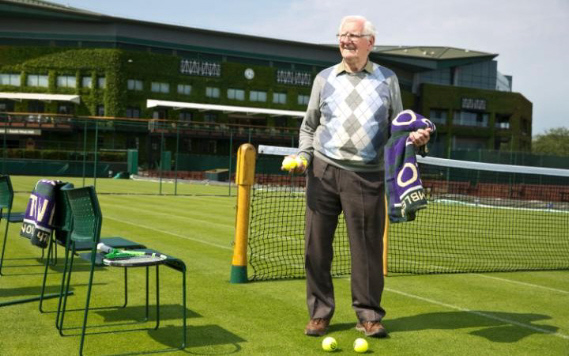
|
Peter Knight today on Wimbledon centre court |
|
Peter has fond – and not so fond – memories of the players he met at Wimbledon. “Jaroslav Drobny [the Czech former World No.1] hit a |
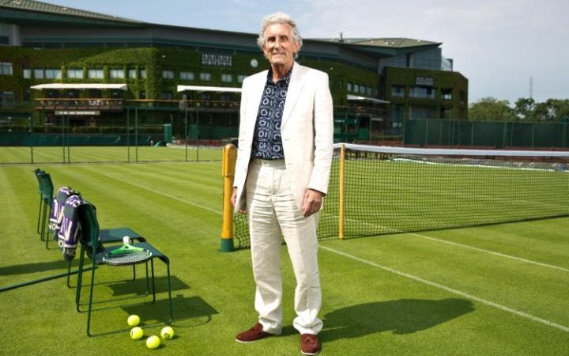
|
Barry Hyland, 71, from Sudbury in Suffolk |
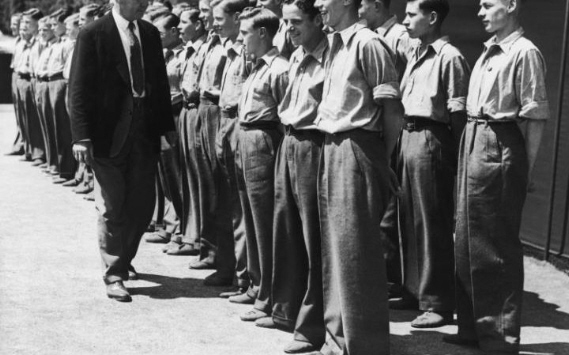
|
Barnardo Ball boys being inspected before play |
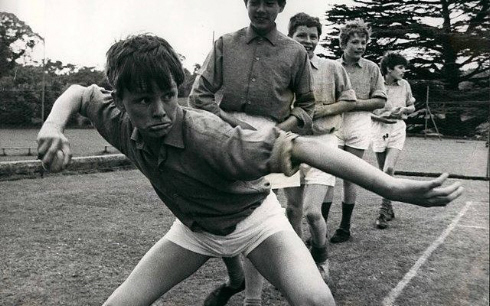
|
1966 - Ball Boys Train for Wimbledon: Every year about 70 boys |
|
Clive Gillingham, 76, who was at three tournaments from 1955, remembers his ball boy “uniform” of long grey flannel trousers and heavy |
|
CREDITS: HEATHCLIFF O'MALLEY/TELEGRAPH, |
|
All images and text copyright © to Goldings Old Boys Reunion Members |
|
Page Compiled June 2016 |
|
CREDITS: A R TANNER / GETTY IMAGES, BARNARDOS, AELTC/ARTHUR COLE |
|
This is to remind everyone that William Baker Technical School where Wimbledon Ball Boys from 1946-66. |